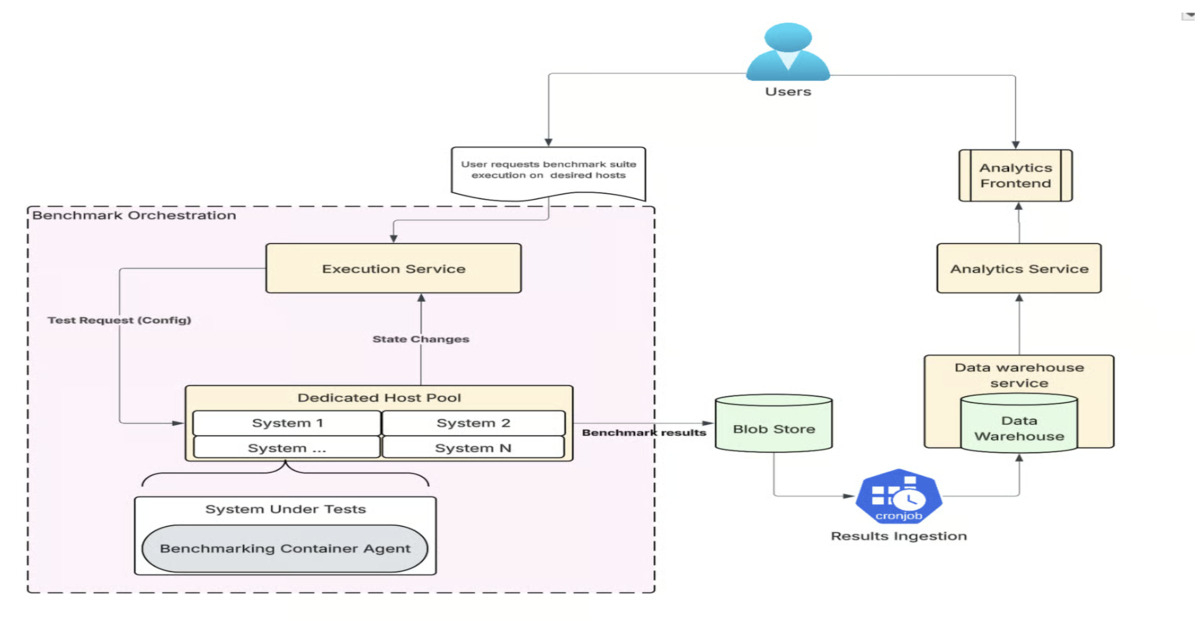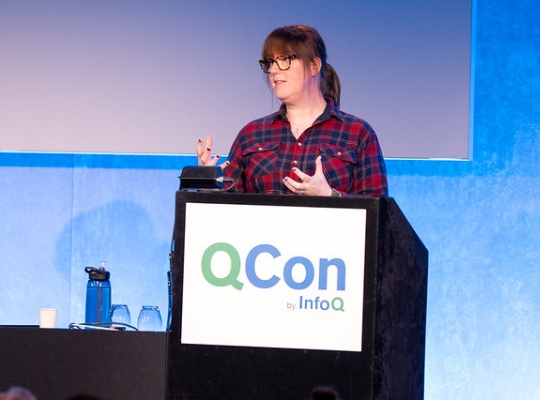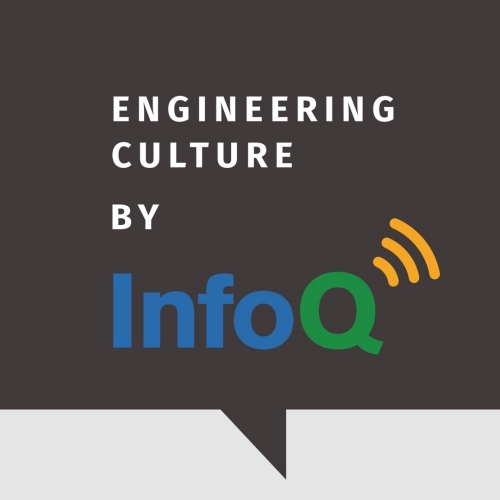Codetown
Codetown ::: a software developer's community
Learning Groovy and Self-publishing
What is Groovy and why should I care?
Hello again, it's me, Adam. Earlier this year, I finished my self-published book, Learning Groovy, which is about, well, learning Groovy. It also covers the top Groovy-based tools and frameworks, Gradle, Grails, Spock, and Ratpack.
I've enjoyed using Leanpub as a place to work on my books (What's new in Java 8 and others). It is really easy and developer friendly. It uses a Dropbox folder and you can write your book in Markdown (which I did). I've enjoyed a fairly constant trickle of purchases, but I was frustrated that I never had enough time to devote to the other huge part of self-publishing: marketing. To be really successful with a book, it needs to be marketed really well. You need to put in a lot of time and money. So, when it came to publishing "Learning Groovy," I approached several publishers to do the marketing for me.
Luckily, one of them accepted, and I'm currently in the process of final edits (publisher shall remain anonymous for now).
This means that you can only get the self-published version of "Learning Groovy" for a limited time. Once it goes to the publisher, I have to take down all my versions per the contract.
"What is Groovy and why should I care?" you ask? First of all, what rock have you been living under? Secondly, Groovy is a mature and flexible open-source language that runs on the JVM. Want to learn more about functional programming, want optional dynamic typing, easy restful services, easy reactive web applications (Ratpack)? Maybe you to learn about the most popular build framework and testing frameworks for Java (Gradle and Spock)? Groovy is where it's at.
Notes
Welcome to Codetown!
 Codetown is a social network. It's got blogs, forums, groups, personal pages and more! You might think of Codetown as a funky camper van with lots of compartments for your stuff and a great multimedia system, too! Best of all, Codetown has room for all of your friends.
Codetown is a social network. It's got blogs, forums, groups, personal pages and more! You might think of Codetown as a funky camper van with lots of compartments for your stuff and a great multimedia system, too! Best of all, Codetown has room for all of your friends.
Created by Michael Levin Dec 18, 2008 at 6:56pm. Last updated by Michael Levin May 4, 2018.
Looking for Jobs or Staff?
Check out the Codetown Jobs group.
InfoQ Reading List
Uber Adopts Amazon OpenSearch for Semantic Search to Better Capture User Intent

To improve search and recommendation user experiences, Uber migrated from Apache Lucene to Amazon OpenSearch to support large-scale vector search and better capture search intent. This transition introduced several infrastructure challenges, which Uber engineers addressed with targeted solutions.
By Sergio De SimoneBenchmarking Beyond the Application Layer: How Uber Evaluates Infrastructure Changes and Cloud Skus

Uber’s Ceilometer framework automates infrastructure performance benchmarking beyond applications. It standardizes testing across servers, workloads, and cloud SKUs, helping teams validate changes, identify regressions, and optimize resources. Future plans include AI integration, anomaly detection, and continuous validation.
By Leela KumiliPresentation: Changing Power Dynamics: What Senior Engineers Can Learn From Junior Engineers

Beth Anderson discusses the "power distance index" and its critical role in communication. Using the Korean Air Flight 801 tragedy as a case study, she explains the dangers of hierarchy-driven silence. She shares actionable frameworks for building the 4 stages of psychological safety, implementing reverse mentoring, and using PRs as tools for knowledge sharing rather than gatekeeping.
By Beth AndersonPodcast: Effective Mentorship and Remote Team Culture with Gilad Shoham

In this podcast, Shane Hastie, Lead Editor for Culture & Methods, spoke to Gilad Shoham about building effective mentorship relationships, leading fully distributed teams and the evolving role of developers in an AI-augmented future.
By Gilad ShohamBeyond Win Rates: How Spotify Quantifies Learning in Product Experiments

Spotify has introduced the Experiments with Learning (EwL) metric on top of its Confidence experimentation platform to measure how many tests deliver decision-ready insights, not just how many “win.” EwL captures both the quantity and quality of learning across product teams, helping them make faster, smarter product decisions at scale. The outcome must support one action: ship, abort, or iterate.
By Olimpiu Pop
© 2025 Created by Michael Levin.
Powered by
![]()
You need to be a member of Codetown to add comments!
Join Codetown